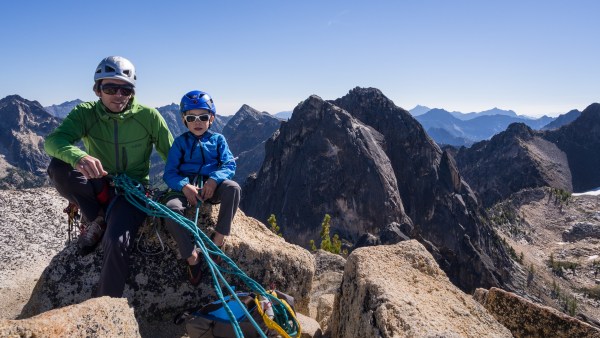
We’ve been adventuring with our eight-year-old son since he was an infant, and one of the phrases we commonly hear when out in the wild is “I should bring my kids out here.” We couldn’t agree more! But in case you need a little more encouragement, here are some of the rewards you’ll likely experience as well as answers to some common questions about bringing the kids along.
Stronger, healthier kids.
Immersing kids in the wild is the best way for them to develop a deep love for the outdoors. They’ll be the next-generation stewards of our wild places, and you’ll be helping them build a healthy exercise habit. Outdoor adventures also help us grow as people. Overcoming fear and physical challenge is both educational and rewarding. Activities like solo hiking or rock climbing teach us much about ourselves. Setting kids on a path to be able to have those experiences is a wonderful gift.
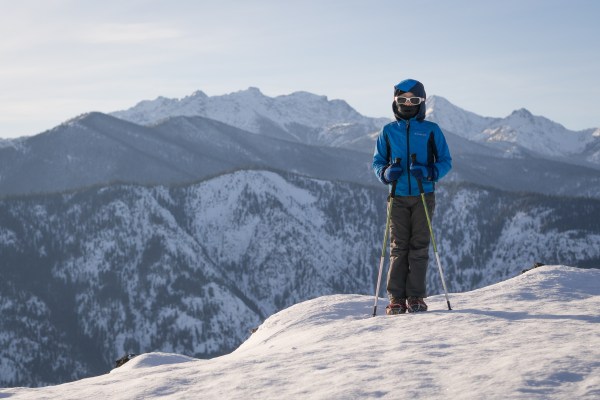
Summiting Grizzly Mountain on a 14 degree day
Outdoor bonding.
You’ve likely experienced the special kind of bonding that happens in the outdoors. Enjoyable experiences like falling asleep under a starry sky, or frightening yet memorable ones like getting caught in a thunderstorm. There’s something primal about being in our raw natural element that brings us closer together. There’s no one better to share these bonding moments with than our kids.
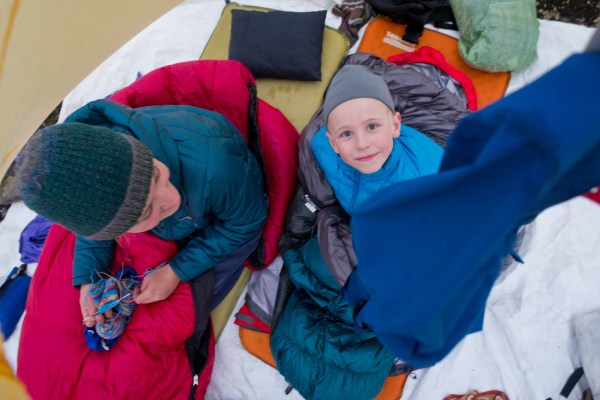
Happy and warm after getting soaked and scared in a thunderstorm deep in the Glacier Peak Wilderness
The joys of teaching, and learning!
Sharing knowledge about a topic you know well is rewarding. Being outdoors presents never-ending opportunities to share lessons you’ve learned and teach kids about interesting topics. They’re fascinated by nature and eager to learn. Their curiosity might even result in some homework, and the change in perspective provides surprising new insights. Watching them progress is truly fulfilling.
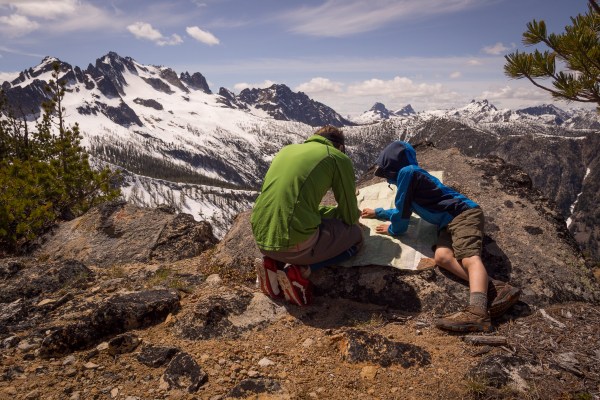
Reading a topo map in the North Cascades
What types of trips can I take them on?
Just about anything. Winter camping, mountain climbing, backcountry skiing, alpine rock climbing, mountain biking, off-trail backpacking, you name it. There are a few specific activities that are impractical (e.g., roped glacier travel). Otherwise, just make sure you’ve got the skills and experience (and a competent partner as necessary) to handle the trip. This isn’t the best time be discovering your own limits.
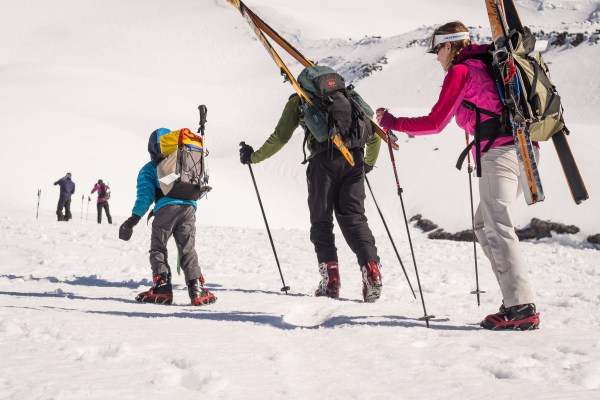
The 5,000 ft. slog up Mount St. Helens
What about the risks?
You don’t have to watch the news for long to realize there’s no such thing as absolute safety. Risk is everywhere, and mitigating risk is an important outdoor skill. Participating in outdoor adventures will help kids develop good judgment and decision-making skills, which they can use in other areas of their life.
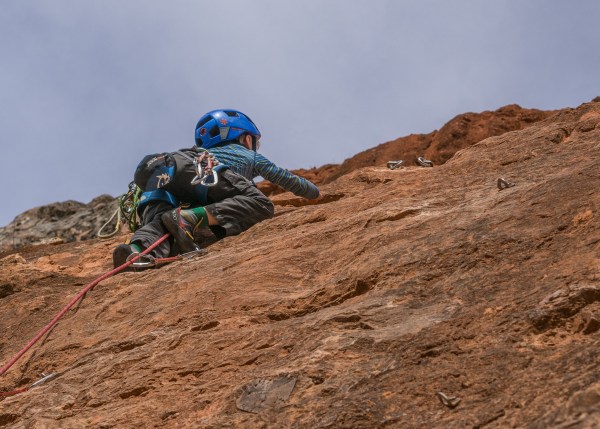
On the sharp end in Montana
Won’t they slow me down?
Probably not as much as you think. Kids are often capable of more than they get credit for. Most kids are bundles of energy and if you keep them fed and help them regulate their output they can go longer and farther than you (or they) thought possible. While it’s true that little legs can’t keep up if you’re pushing hard, a motivated child with some training can often keep up with a moderate adult pace. Kids also tend to sleep well and easily, so while you might spend a restless night in the tent, they seem to always get a solid night of sleep and start each day well rested.

6am at 13,000 feet on day three of an off-trail adventure in the High Sierra
So where do I start?
Stay tuned for our next article where we’ll discuss tips for getting kids motivated, which is the first step to a successful outing.
